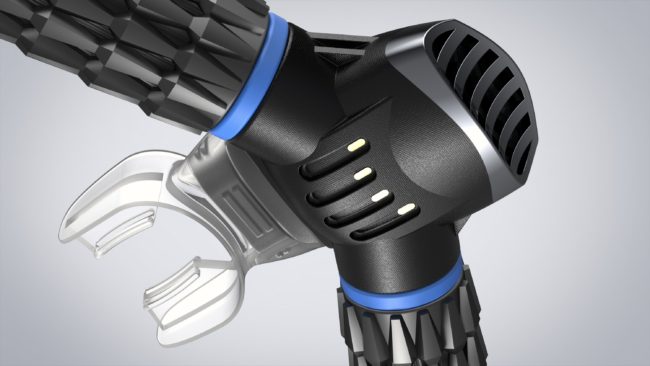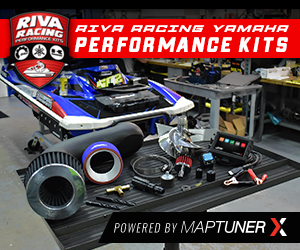You might’ve seen images or the few remaining videos on the Triton artificial gill/respiration system. The idea is to replicate the oxygen-from-water extraction process found naturally in fish gills, allowing a swimmer to freely dive below the water without the use of bulky SCUBA equipment. The conceit first proposed by South Korean designer Jeabyun Yeon was touted as working via some sort of nanotube absorption, using a mini battery and compressor to pressurise the oxygen for the user. The idea was so revolutionary that it quickly caught fire among diving enthusiasts worldwide, with thousands demanding their own Triton breather as soon as possible. An Indiegogo campaign was even launched to help the company generate the necessary capital to begin production to the sum of $900,000. By all signs, the Triton was going to change the world.
Then something happened. Scientists across the globe cried, “bull$#@%!” There’s a lot to digest here, so we’re going to quote Deep Sea News who recapped the science disproving the Triton rather clearly: “The average human breathes about 500mls of air per breath as their standard tidal volume. Of that 500 mls, 21% is oxygen going in, and 16% is oxygen coming out, meaning that we strip about 5% of the volume of every breath as pure oxygen, or about 25mls (0.025 liters). Using Avagadro’s Law (1 mole of any gas occupies 22.4 liters) we see that V1/n1 = V2/n2 –> 22.4L/1mol = 0.025L/Xmol –> X = 0.00111mol. Each breath consumes 0.00111 moles of oxygen gas. From the molar weight of di-molecular oxygen gas (16g x 2 = 32g/mol), we can calculate that each breath is 32g * 0.00111mol = 0.03552g of oxygen, or 35.52 milligrams (mg).
“Now, well-oxygenated surface ocean waters contain about 6mg/L of oxygen. So, to supply one breath’s worth of oxygen, the Triton would need to filter 35.52mg/6mgL = 5.92L of water. Let’s call it 6L for convenience. And it would need to do so with 100% extraction efficiency, which is not realistic under any diffusion or adsorption scenario, but let’s give Mr. Yeon the benefit of the doubt. The average person breathes around 15 times per minute at rest. Therefore, to supply you with oxygen at normal resting breathing rates, the Triton would need to filter 15 x 6L = 90L per minute, or about 24 gallons. For scale, 25 gallons a minute is about as much as a 1/4 horsepower sump pump pushes out, depending on static head. Without any kind of pump in the Triton to move water through the device, it relies on swimming (and presumably breathe suction?) to create the flow of water. There’s too many variables in that, but let’s just say you’d certainly have to swim so fast to supply the needs of 15bpm that you wouldn’t be breathing 15bpm anymore.”
You get all that? Basically, the average human breathes far more oxygen than the Triton’s small compressor could produce, nor does water hold enough oxygen within it to satisfy the same swimmer. The revelation caused the company to refund all $900,000 and for all development of this breather to be halted.









